Europe, British Isles, North-East England, County Durham, Durham, South Bailey
South Bailey, Durham is in Durham, County Durham [Map].
The Water Pump in the South Bailey, Durham. A Grade II Listed Building. Late C18/early C19. Stone base; wood boarded column enclosing pump with iron handle and bucket stand. Tall square column; long curved handle on north side; C19 square gas lamp on wrought iron bracket attached to east side over water pipe and bucket stand. Moulded square stone base.
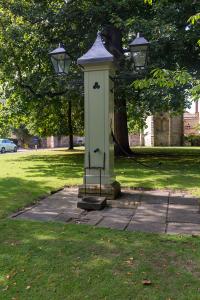
South Bailey, Durham.
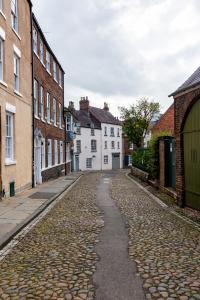
Tower on the riverside of the South Bailey, Durham with covered alley into the College.
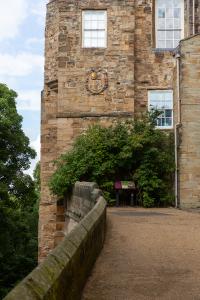
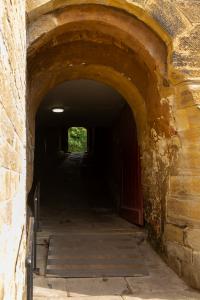
1500. The College Gateway, or Priory Gateway from the South Bailey, Durham was commissioned in 1500, by Prior Castell replacing an earlier gatehouse. A chapel dedicated to St Helen, is to be found in the upper storey of the gatehouse. North of the College Gate was a room for the Children of Almonry – poor children that were fed, clothed and schooled by the Abbey.
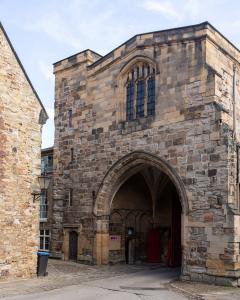
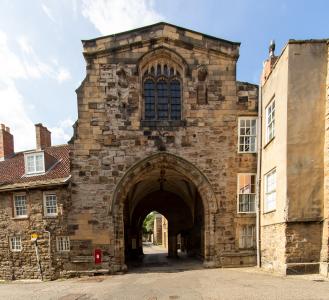
In 1736 Elizabeth Blakiston (age 85) died. She was buried at St James the Less Church, South Bailey, Durham.
Around 1750. Arcaded 18th century building opposite the Priory/College Gateway that defines the boundary between the North and South Baileys.
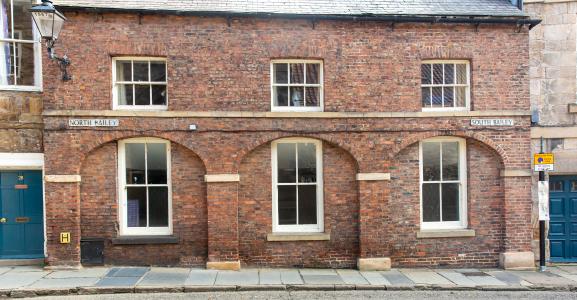
On 27 Jan 1918 Reverend William Greenwell (age 97) died unmarried at his home 27 South Bailey, Durham.
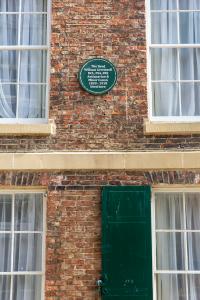
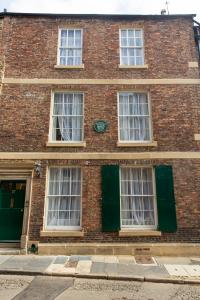
On 15 Feb 2018 HRH The Prince of Wales (age 69) unveiled a plaque at Bowes House, St Johns College, South Bailey, Durham to Dame Elizabeth Bowes 1651-1736 nee Blakiston, ancestor of his mother Queen Elizabeth II of the United Kingdom (age 91).
Elizabeth Blakiston: In 1651 she was born to Francis Blakiston 3rd Baronet. In 1693 William Bowes of Streatlam and she were married. In 1736 she died. She was buried at St James the Less Church, South Bailey, Durham.
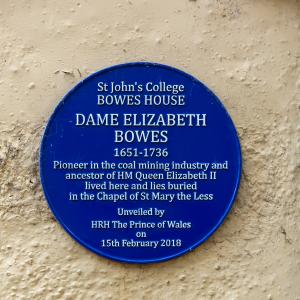
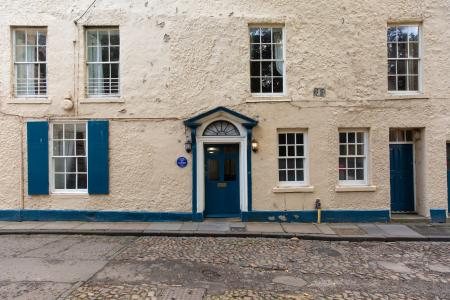
Memorial to George Body on nineteen South Bailey, Durham.
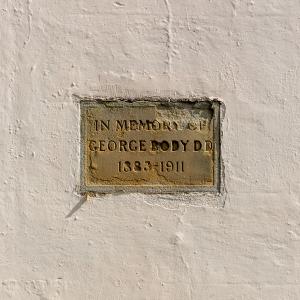
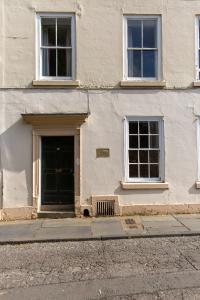
Europe, British Isles, North-East England, County Durham, Durham, South Bailey, St Mary the Less Church
St Mary the Less Church, South Bailey, Durham was founded in the 12th Century by Bertram Bulmer, Lord of Brancepeth, as a garrison chapel for soldiers stationed on the nearby city walls. Its name is believed to have been chosen to distinguish it from Durham Cathedral, which is also dedicated to the Virgin Mary, and the Church of St Mary-le-Bow, which is now the Durham Heritage Centre. Both are nearby. It was substantially rebuilt in the 19th Century and is now Grade II-listed. The building ceased to be a parish church in 1917 and St John's College took responsibility for it in 1919.
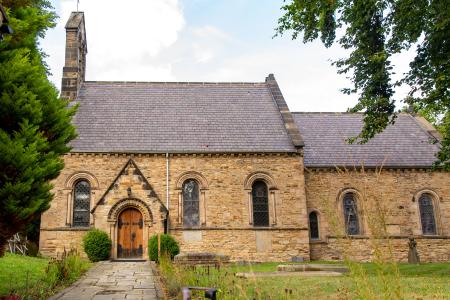
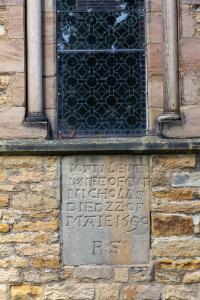
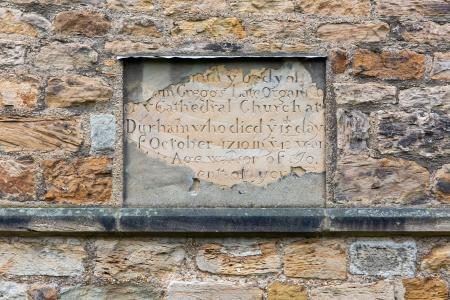
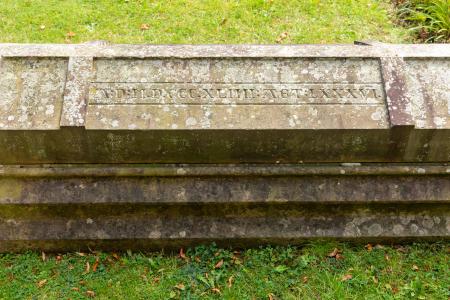
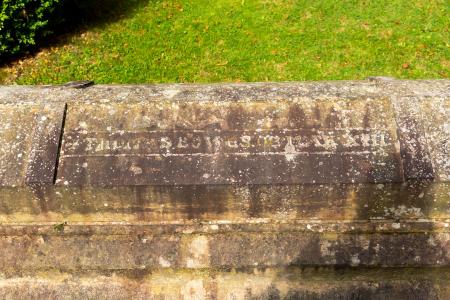
Durham University Journal 1918 February Volume 21 Number 20. In 1856 Mr Greenwell (age 35) returned to Durham and was made a Minor Canon of Durham Cathedral [Map], which office he retained till 1909. At the same time he became Chaplain and Censor of Cosin's Hall. In 1864 this Hall was closed and next year he was appointed to the living of St Mary the Less. in the South Bailey, Durham. and continued Rector of this little parish till he died.